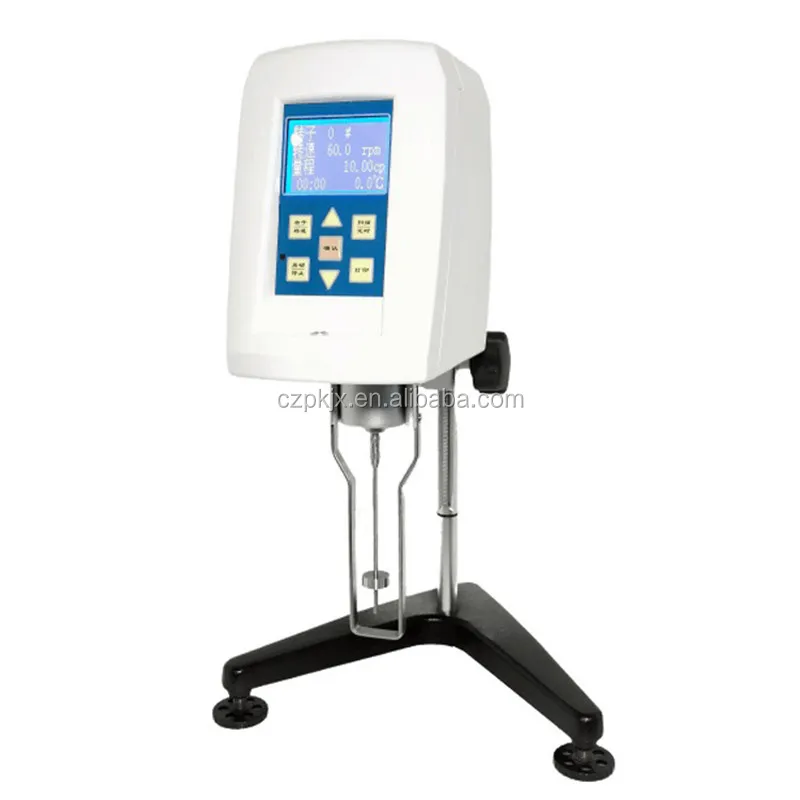


This instrument measures viscosity at room temperature. Rotary viscometers measure the viscosity of liquids by measuring the resistance of the material to the stirring action of the spindle which is driven by a motor to obtain a certain number of revolutions per unit time.Ī rotary viscometer usually uses multiple speed transmission that generates different shear rates, and interchangeable spindles to measure a variety of viscosity ranges, making it a very versatile instrument. It measures the torque (energy or work) required to rotate an immersed cylindrical or disc spindle in a fluid product. Types of viscometer include rotary viscometer, falling sphere method, u-tube capillary viscometer, Rapid Visco Analyzer (RVA) and viscoamylograph. Different types of viscometers operate according to their design, the nature of sample (Newtonian and non-Newtonian behavior) and testing conditions. Viscometers work under several physical principles. The instrument was, essentially, a deformation apparatus for studying jellies based on a torsion test which can objectively measure rigidity, viscosity, and relaxation characteristics. Possibly, the first instrument for testing the rheological and textural properties of foods was developed by the French researcher Schwedoff in 1889. The first viscometers date back more than a hundred years ago. Companies rely on viscosity measuring devices to check product consistency, batch to batch, to always deliver the best product to customers. Viscometers are used by manufacturing companies in the production of ketchup, tomato juice, jam, batters, gums, starches, syrups, chocolate, milk concentrates (condensed milk), mayonnaise, fruit pulps, dressings, margarine, molasses, honey, pumpable shortenings.


 0 kommentar(er)
0 kommentar(er)
